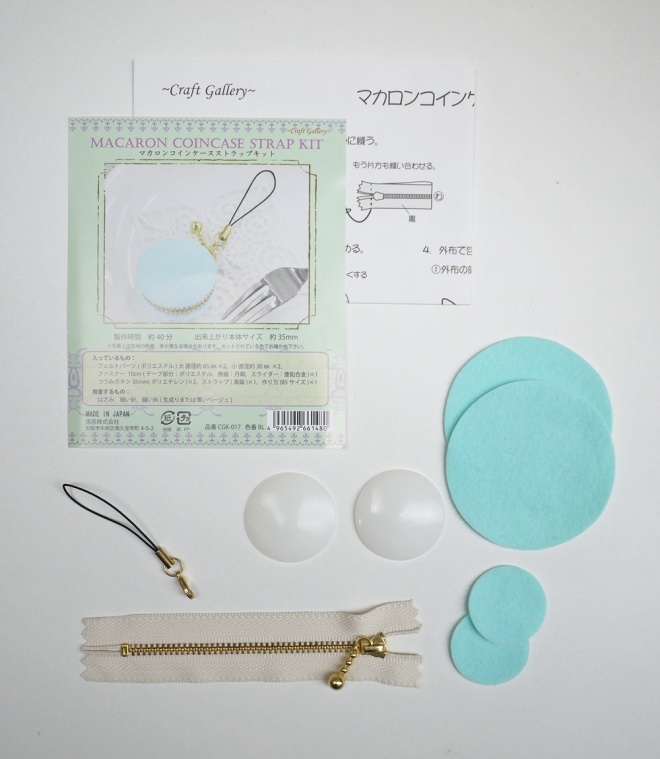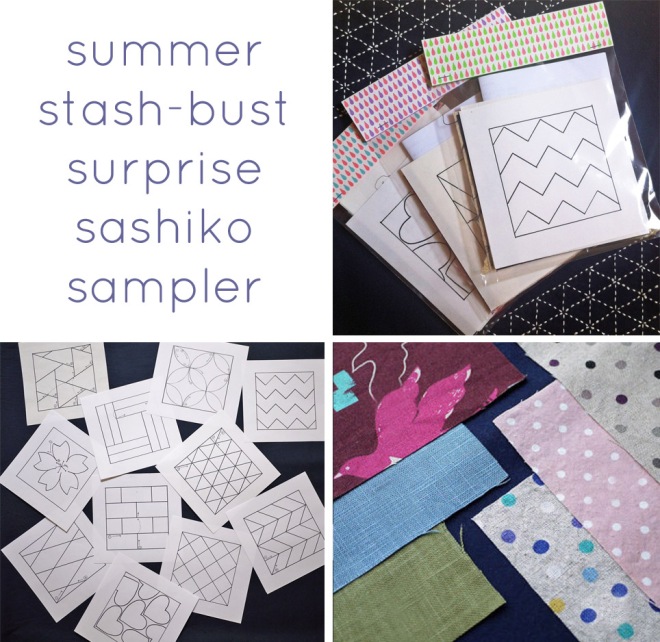 Tuttle Publishing specializes in English-language books on Asia, and has produced some great translated craft books from Japan. Recently they asked if I was interested in looking at a couple. Yes, please!
Tuttle Publishing specializes in English-language books on Asia, and has produced some great translated craft books from Japan. Recently they asked if I was interested in looking at a couple. Yes, please!
The first is Wrapping with Fabric: Your Complete Guide to Furoshiki, The Japanese Art of Wrapping. This 112-page full color book covers the basics of furoshiki — history, basic knots, gift wrapping and easy carry-all bags — but it goes further with some really imaginative ideas. I’ve picked up my fair share of free furoshiki handouts over the years, and this book provides instructions for wrappings I’ve never before seen: how to carry a yoga mat or wet umbrella, methods for covering a handbag (for protection or ugliness?!), and my personal favorite, the watermelon wrapping:
 This might be the most Japanese thing I have ever seen. When you pay $100 for a watermelon, you better be sure it’s wrapped, y’all.
This might be the most Japanese thing I have ever seen. When you pay $100 for a watermelon, you better be sure it’s wrapped, y’all.
Also, it seems the author and I have a little something else in common:

 Drinks, drinks, double drinks.
Drinks, drinks, double drinks.
I enjoyed this book a lot, and was eager to give one of the projects a spin. I started with the simple bottle gift wrap — because sometimes I give my hooch away and cheap wine looks much better with a classy wrap. Also, I was worried that my botched first-try wrap-job might send this bottle crashing into the street, so better to start slowly with a singlet.

 The result? Not bad! A little more chaotic than the book promises, but certain to wow any crowd of semi-tipsy pot-luckers.
The result? Not bad! A little more chaotic than the book promises, but certain to wow any crowd of semi-tipsy pot-luckers.
 Not surprising, but the key to a successful fabric wrap is all in the fabric. Thankfully this is something the book covers generously. My trusty polyester Japan Society furoshiki was ideal — thin and smooth but not slippery like silk can be. I also appreciated the book’s coverage of wrapping etiquette, tips that would have been useful while living in Japan. Apologies to all those I offended with backward knots.
Not surprising, but the key to a successful fabric wrap is all in the fabric. Thankfully this is something the book covers generously. My trusty polyester Japan Society furoshiki was ideal — thin and smooth but not slippery like silk can be. I also appreciated the book’s coverage of wrapping etiquette, tips that would have been useful while living in Japan. Apologies to all those I offended with backward knots.
If you are looking to enhance your furoshiki game, this book is a good choice. Need supplies? I love the designs from Link Collective, who I met at an Etsy event in Tokyo. You can also embroider or sashiko simple cotton fabric using one of my patterns, available for download here.
And lastly, you can find more information about Wrapping with Fabric on Tuttle’s website or on Amazon. Happy wrapping!

This book was provided by Tuttle Publishing for review, but opinions are all my own. Thanks!


































